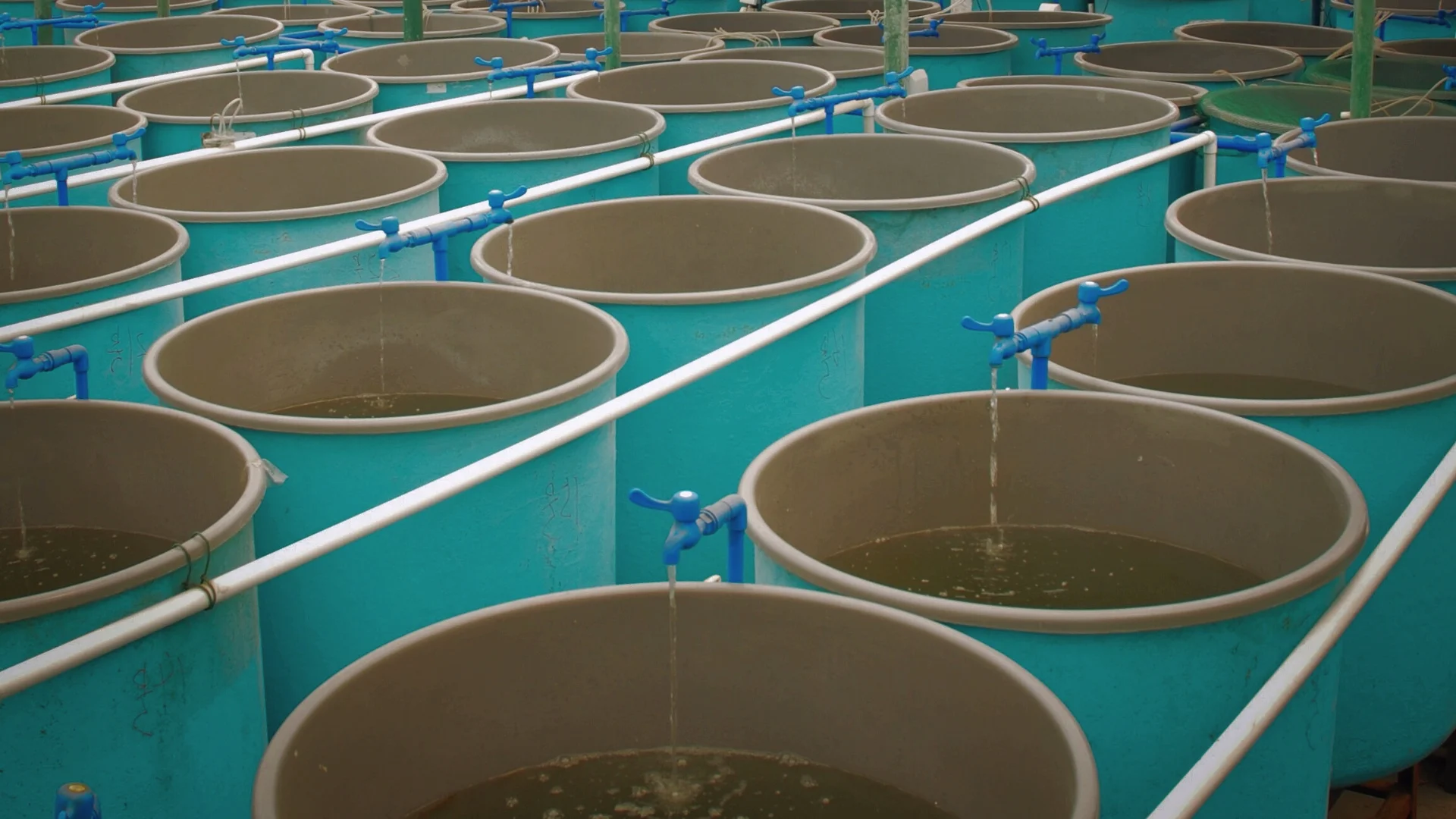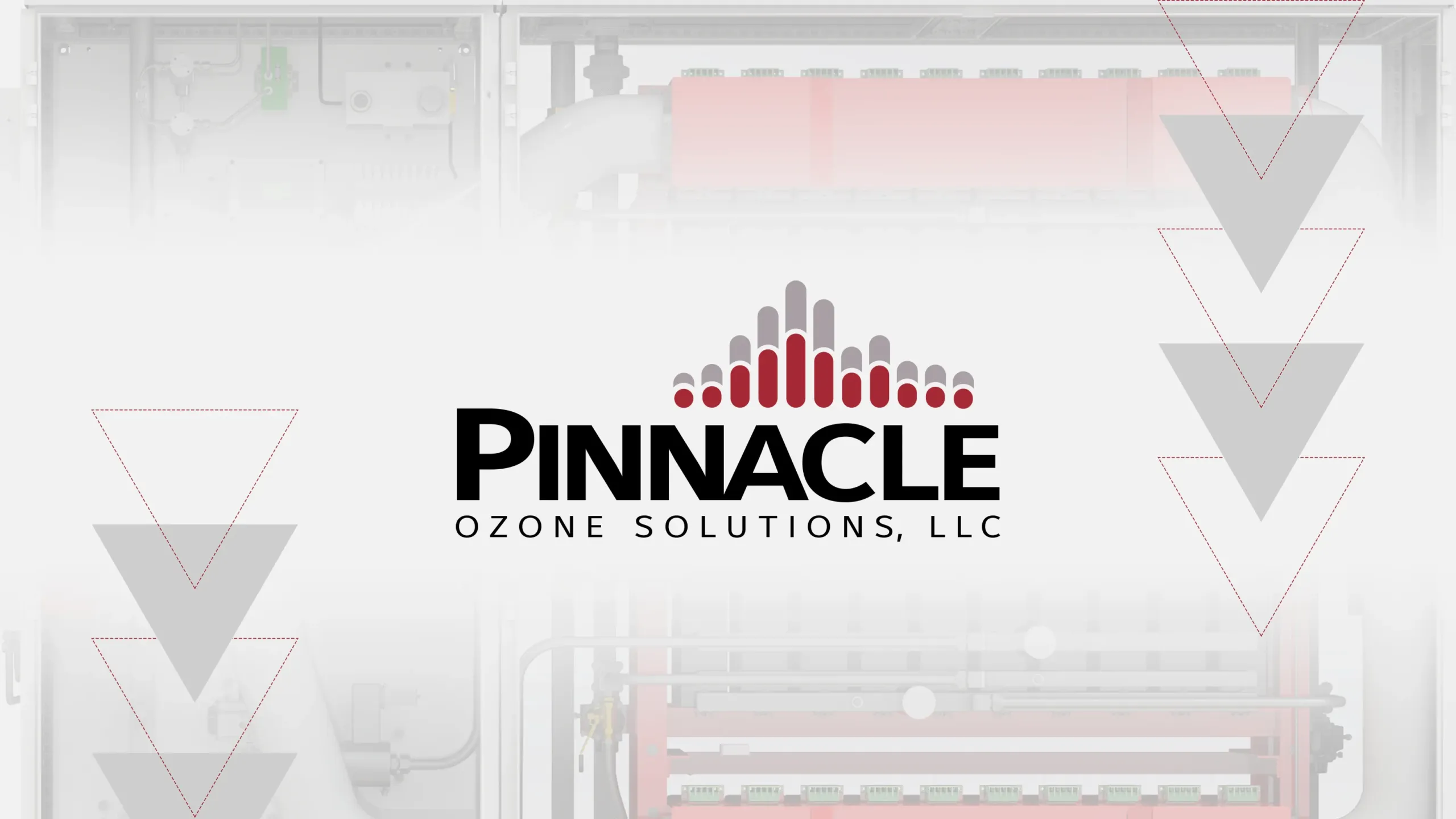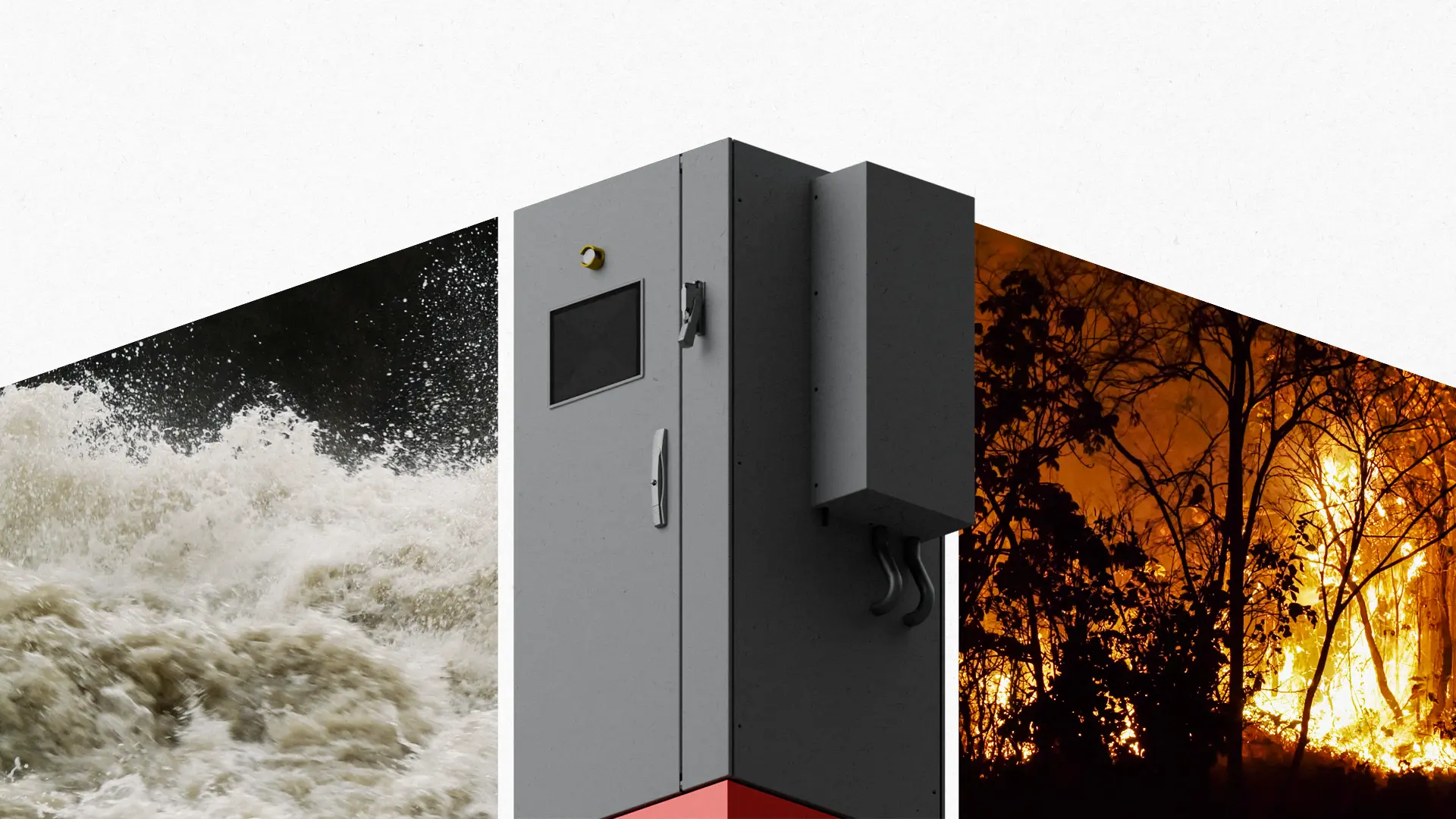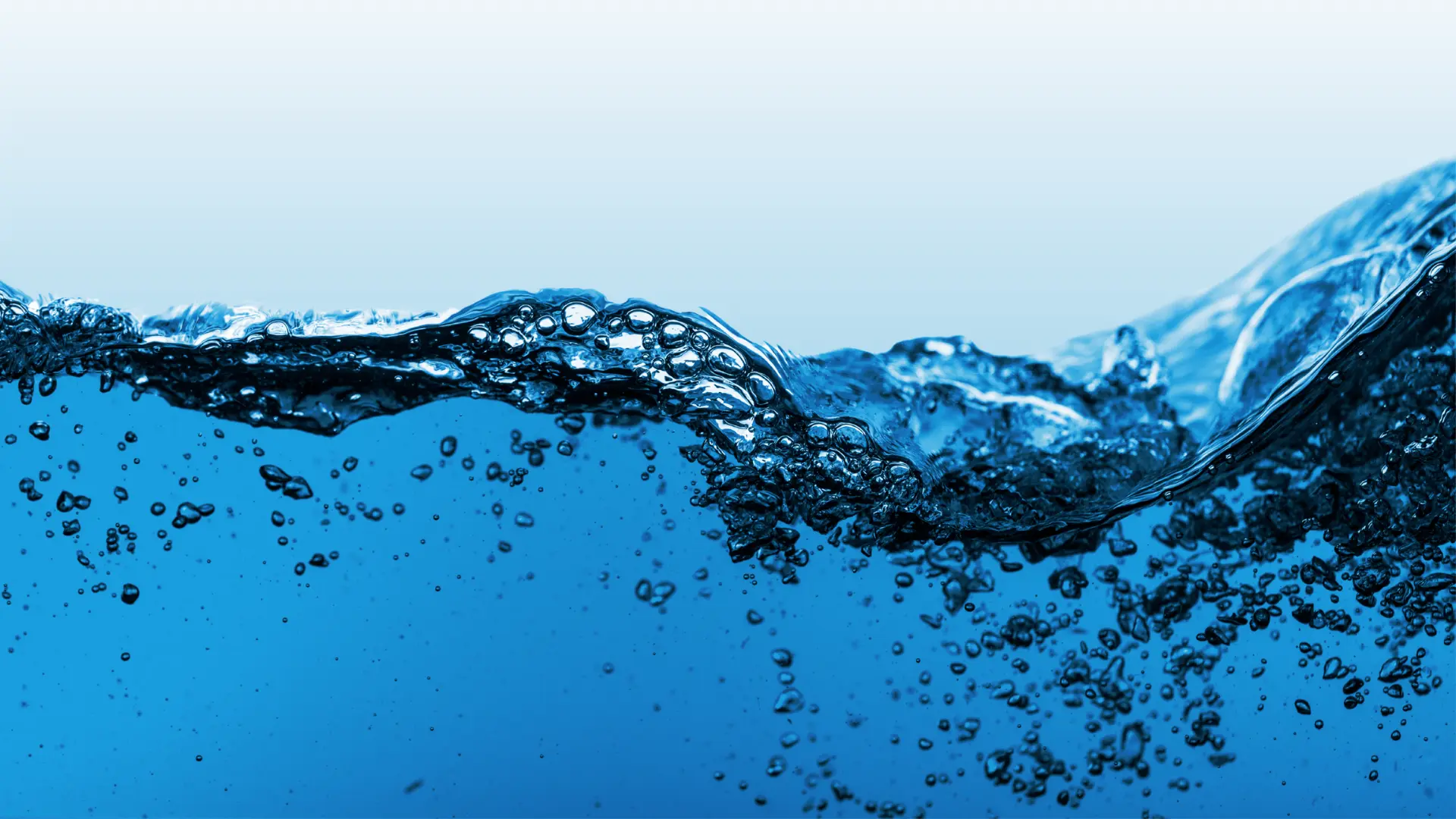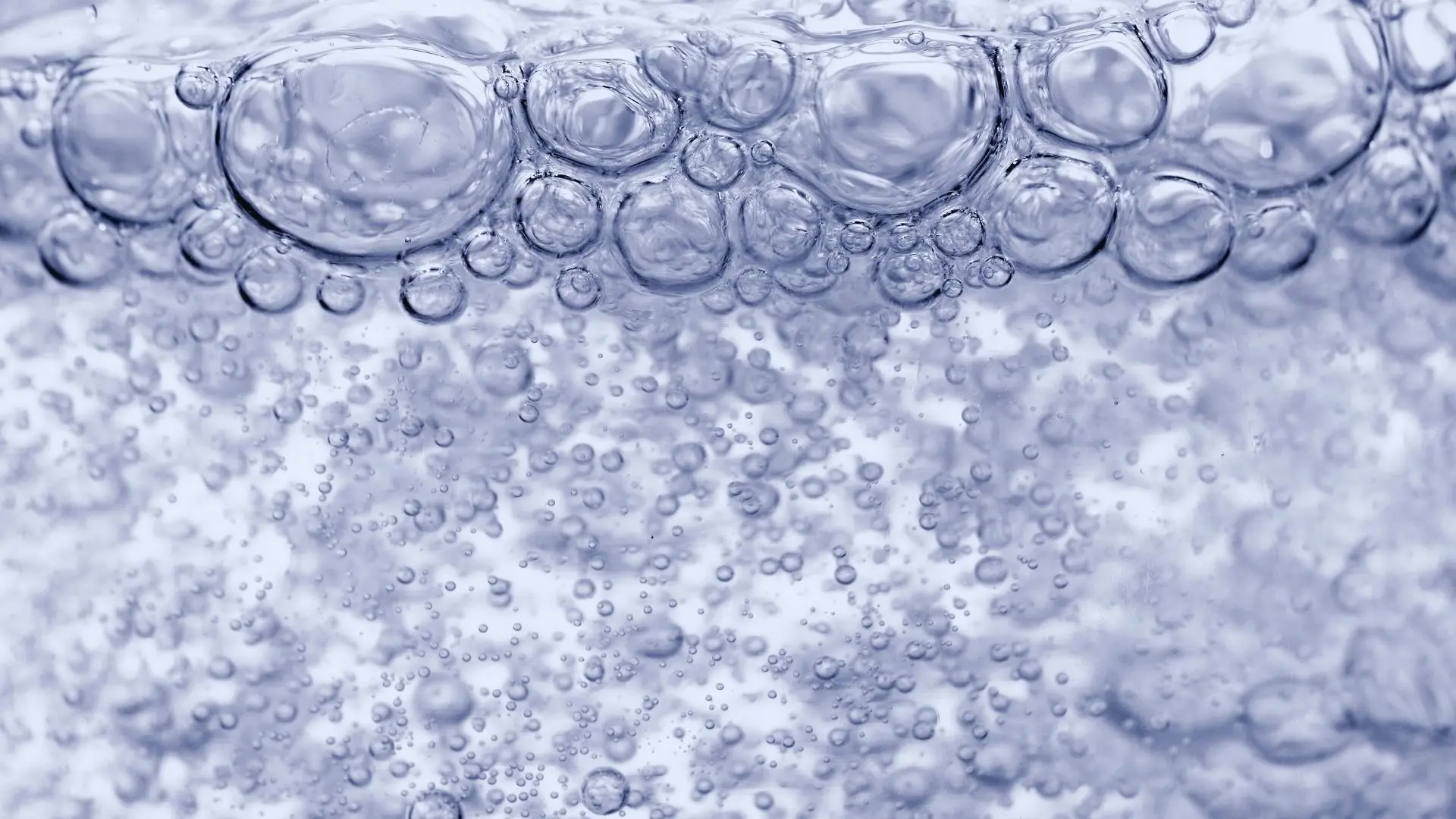The recent $634 million IPO of WaterBridge, a major player in oilfield water infrastructure, signals a growing shift in the energy sector: produced water is no longer a waste stream; it’s a reusable asset.
As oil and gas operations face pressure to reduce freshwater withdrawals and manage vast quantities of contaminated flowback and produced water, treatment strategies are becoming more sophisticated. Operators are no longer just disposing of water; they’re recycling it for reuse in fracturing, drilling, or even surface discharge.
At Pinnacle Ozone Solutions, we’re helping energy and infrastructure firms meet these challenges head-on with ozone-based oxidation systems engineered to handle the chemical complexity of produced water, sulfides, organics, ammonia, metals, and biologicals, while minimizing chemical use, footprint, and cost.
What Is Produced Water?
Produced water is the water that comes to the surface during oil and gas production. It typically contains:
- High total dissolved solids (TDS) — often >50,000 mg/L
- Hydrogen sulfide (H2S) and other sulfur species
- Volatile and semi-volatile organics (BTEX, phenols)
- Ammonia, heavy metals, scale-forming ions
- Hydrocarbons, bacteria, and biofilm-forming species
Because of its variable chemistry and volume (often millions of gallons per day), treatment for reuse or disposal must be robust and scalable.
Where Ozone Adds Value in Produced Water Treatment
Ozone is a high-energy oxidant that reacts with many of the most problematic contaminants in produced water. Its advantages over chlorine, peroxide, or permanganate include:
-
-
Hydrogen Sulfide (H2S) Oxidation
- Ozone rapidly oxidizes dissolved sulfide to elemental sulfur or sulfate:
- H2S + O3 → S0 + H2O + O2 (partial oxidation)
- H2S + 4O3 → H2SO4 + 4O2 (complete oxidation)
- Fast reaction kinetics
- No chlorine-based by-products
- Reduces odor, corrosion, and health risks
Reference: Rice & Browning (1981); Langlais et al. (1991)
-
-
-
Organic Load Reduction
- Ozone breaks down hydrocarbons, BTEX compounds, and complex organic molecules into biodegradable fragments or complete mineralization products (CO2 + H2O). This:
- Improves downstream filtration
- Enhances biological treatment or polishing
- Reduces chemical oxygen demand (COD)
-
-
-
Biological Control
- Produced water systems are prone to:
- Biofilm formation in pipes and tanks
- Sulfate-reducing bacteria (SRB), which generate additional H2S
- Iron bacteria, contributing to fouling and corrosion
Ozone inactivates bacteria by disrupting cell membranes and DNA, without leaving chlorinated residuals.
-
-
-
Ammonia & Nitrogen Compounds
- Ozone can partially oxidize ammonia (NH3) to nitrogen gas or nitrate, depending on pH and contact time. It can also support advanced oxidation processes (AOPs) to further remove nitrogenous compounds when combined with H2O2 or UV.
-
Engineering Considerations for Ozone in Produced Water
Produced water presents unique challenges for ozone system design:
| Design Variable | Engineering Response |
| High salinity | Use ozone-compatible materials (e.g., 316L SS, PTFE) |
| Gas solubility | Pressurized injection to overcome TDS suppression |
| Particulate fouling | Inline strainers, self-cleaning venturis |
| Variable flow/chemistry | Feedback controls on ozone dose (ORP, UVT, TOC) |
| Scale potential | Optional acidification or post-ozone softening |
At Pinnacle, we configure systems with:
- High mass transfer efficiency (≥95%) under variable pressure
- Modular generator stacks for 5–500 lbs/day ozone capacity
- Skid-mounted injectors and contactors for oilfield deployment
- Integrated SCADA support for remote field control
Field Example: Ozone for Produced Water Pretreatment
In a West Texas operation, ozone was applied upstream of a mechanical filtration and polishing system.
Results:
- H2S reduced from >15 ppm to <0.5 ppm
- COD reduced by ~40%
- Filter run time increased by 60%
- Total chemical demand for biocide reduced by 75%
ROI was achieved in under 18 months, with full integration into field SCADA.
Ozone + AOP = Future-Proof Produced Water Reuse
When ozone is combined with hydrogen peroxide or UV, it forms hydroxyl radicals (·OH)—non-selective oxidants capable of degrading:
- Polycyclic aromatic hydrocarbons (PAHs)
- Emulsified organics
- PFAS precursors in certain brine-reuse cases
Advanced oxidation processes (AOPs) offer the oxidation potential to go beyond polishing, enabling treatment for surface discharge, beneficial reuse, or even reinjection into Class V wells.
Conclusion
With the WaterBridge IPO and similar moves in the produced water market, the treatment landscape is changing rapidly. Operators are now responsible not just for disposal, but for chemical performance, reuse reliability, and ESG outcomes.
At Pinnacle Ozone Solutions, we deliver ozone and AOP systems that meet the challenge, engineered for salinity, chemistry, volume, and compliance.
Whether you’re building centralized reuse infrastructure or designing mobile field skids, ozone can help you extract more value from every gallon and do it cleanly.
Technical References
- Langlais, Reckhow & Brink (1991). Ozone in Water Treatment
- Rice, R.G., & Browning, M.E. (1981). Ozone for Industrial Wastewater
- Crittenden, J. et al. (2012). MWH Water Treatment Principles and Design
- USEPA (2022). Oil & Gas Produced Water Reuse Guidance
- Pinnacle Ozone Solutions Field Reports (2021–2024)

